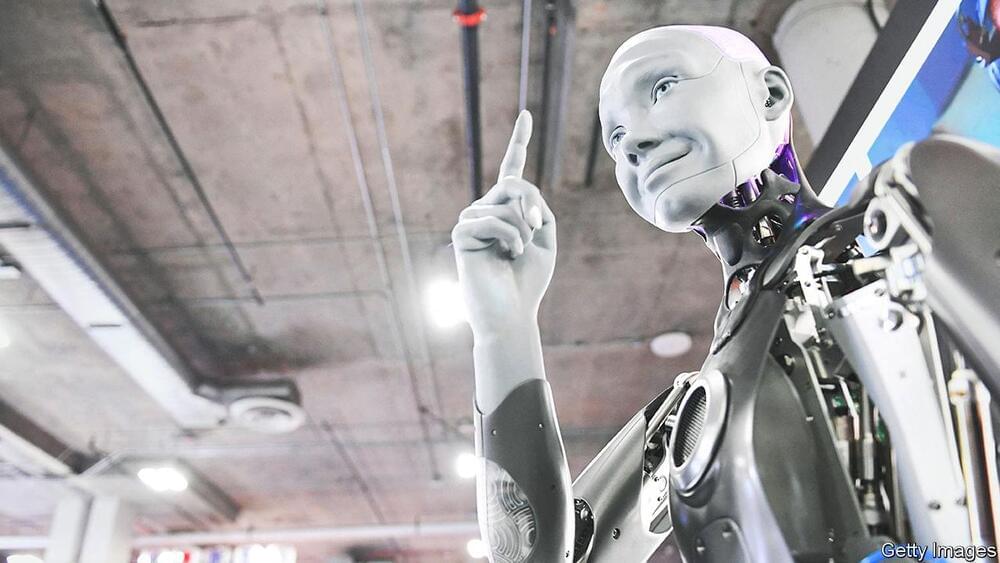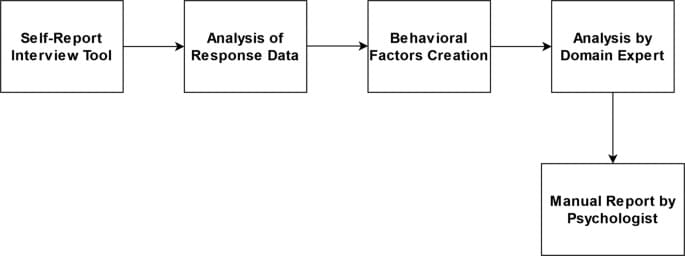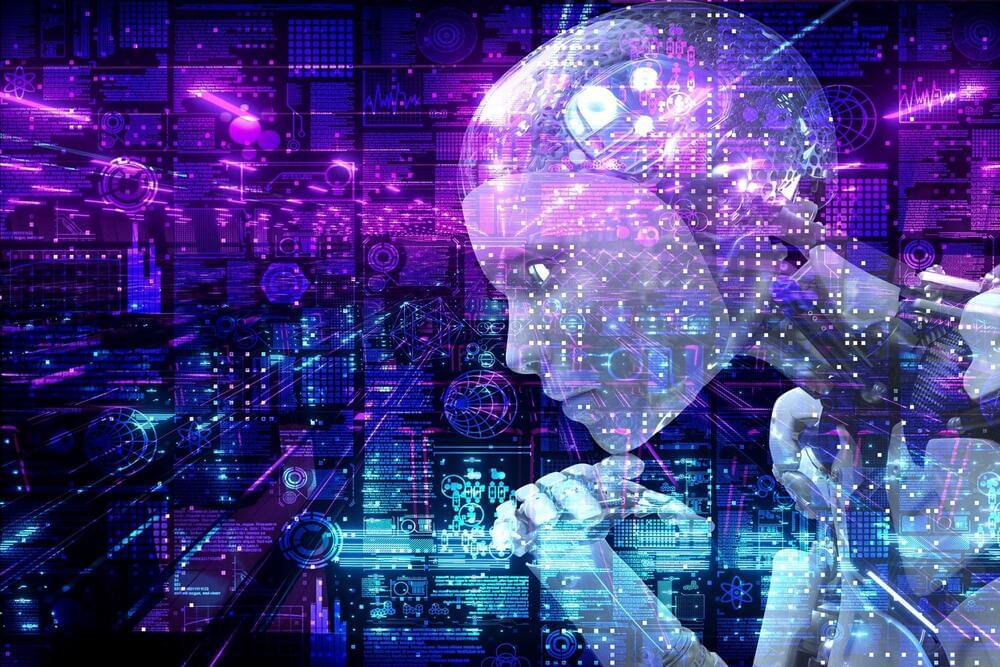Walking, talking machines will soon act as guides, companions and deliverers | Science & technology.



DNA can be utilized to reliably store massive amounts of digital data. However, it has hitherto proven challenging to retrieve or manipulate the specific data embedded in these molecules. Now, scientists from the CNRS and the University of Tokyo have developed the use of a novel enzyme-based technique, providing the initial clues as to how these technical obstacles may be overcome. Their research was recently published in the journal Nature.
Nature has unquestionably developed the best method for massive data storage: DNA. Based on this knowledge, DNA has been used to store digital data by translating binary (0 or 1) values into one of the four different DNA “letters” (A, T, C, or G).
But how can one search through the database of data encoded in DNA to discover a certain datum? And how is it possible to execute computations using DNA-encoded data without first transforming it into electronic form? These are the questions that research teams from the LIMMS (CNRS / University of Tokyo) and Gulliver (CNRS / ESPCI) laboratories have attempted to answer. They are experimenting with a new approach using enzymes and artificial neurons and neural networks for direct operations on DNA data.

Learning-based computer-generated holography (CGH) has shown remarkable promise to enable real-time holographic displays. Supervised CGH requires creating a large-scale dataset with target images and corresponding holograms. We propose a diffraction model-informed neural network framework (self-holo) for 3D phase-only hologram generation. Due to the angular spectrum propagation being incorporated into the neural network, the self-holo can be trained in an unsupervised manner without the need of a labeled dataset. Utilizing the various representations of a 3D object and randomly reconstructing the hologram to one layer of a 3D object keeps the complexity of the self-holo independent of the number of depth layers. The self-holo takes amplitude and depth map images as input and synthesizes a 3D hologram or a 2D hologram. We demonstrate 3D reconstructions with a good 3D effect and the generalizability of self-holo in numerical and optical experiments.

21 oct 2022.
Adolescent (or juvenile) delinquency is defined as the habitual engagement in unlawful behavior of a minor under the age of majority. According to studies, the likelihood of acquiring a deviant personality increases significantly during adolescence. As a result, identifying deviant youth early and providing proper medical counseling makes perfect sense. Due to the scarcity of qualified clinicians, human appraisal of individual adolescent behavior is subjective and time-consuming. As a result, a machine learning-based intelligent automated system for assessing and grading delinquency levels in teenagers at an early stage must be devised.

An artificial intelligence (AI) agent named CICERO has mastered the online board game of Diplomacy. This is according to a new study by the Meta Fundamental AI Research Diplomacy Team (FAIR) that will be published today (November 22) in the journal Science.
AI has already been successful at playing competitive games like chess and Go which can be learned using only self-play training. However, games like Diplomacy, which require natural language negotiation, cooperation, and competition between multiple players, have been challenging.
The new agent developed by FAIR is not only capable of imitating natural language, but more importantly, it also analyzes some of the goals, beliefs, and intentions of its human partners in the game. It uses that information to figure out a plan of action that accounts for aligned and competing interests, and to communicate that plan in natural language, the researchers say.
Dr. Peterson’s extensive catalog is available now on DailyWire+: https://utm.io/ueSXh.
Dr. Jordan B. Peterson, Jonathan Pageau, and Jim Keller dive into the world of artificial intelligence, debating the pros and cons of technological achievement, and ascertaining whether smarter tech is something to fear or encourage.
Jim Keller is a microprocessor engineer known for his work at Apple and AMD. He has served in the role of architect for numerous game changing processors, has co-authored multiple instruction sets for highly complicated designs, and is credited for being the key player behind AMD’s renewed ability to compete with Intel in the high-end CPU market. In 2016, Keller joined Tesla, becoming Vice President of Autopilot Hardware Engineering. In 2018, he became a Senior Vice President for Intel. In 2020, he resigned due to disagreements over outsourcing production, but quickly found a new position at Tenstorrent, as Chief Technical Officer.
Jonathan Pageau is a French-Canadian liturgical artist and icon carver, known for his work featured in museums across the world. He carves Eastern Orthodox and other traditional images, and teaches an online carving class. He also runs a YouTube channel dedicated to the exploration of symbolism across history and religion.
—Links—
For Jonathan Pageau:

The new work, from MIT’s Center for Bits and Atoms (CBA), builds on years of research, including recent studies demonstrating that objects such as a deformable airplane wing and a functional racing car could be assembled from tiny identical lightweight pieces — and that robotic devices could be built to carry out some of this assembly work. Now, the team has shown that both the assembler bots and the components of the structure being built can all be made of the same subunits, and the robots can move independently in large numbers to accomplish large-scale assemblies quickly.
The new work is reported in the journal Nature Communications Engineering, in a paper by CBA doctoral student Amira Abdel-Rahman, Professor and CBA Director Neil Gershenfeld, and three others.


SPEAKING at the University of Cambridge in 1980, Stephen Hawking considered the possibility of a theory of everything that would unite general relativity and quantum mechanics – our two leading descriptions of reality – into one neat, all-encompassing equation. We would need some help, he reckoned, from computers. Then he made a provocative prediction about these machines’ growing abilities. “The end might not be in sight for theoretical physics,” said Hawking. “But it might be in sight for theoretical physicists.”
Artificial intelligence has achieved much since then, yet physicists have been slow to use it to search for new and deeper laws of nature. It isn’t that they fear for their jobs. Indeed, Hawking may have had his tongue firmly in his cheek. Rather, it is that the deep-learning algorithms behind AIs spit out answers that amount to a “what” rather than a “why”, which makes them about as useful for a theorist as saying the answer to the question of life, the universe and everything is 42.

The new AI art software brings “brand new possibilities for creative applications.”
London and San Francisco-based Stability AI, the company that developed Stable Diffusion, an image-generating open-source AI software, has just announced the release of Stable Diffusion 2.0, as per a press statement on the company’s website.
What is Stable Diffusion?
Stability AI
The company’s new open-source offering provides new features and improvements over the 1.0 release, including new text-to-image models trained on a new encoder called OpenCLIP that improves the quality of the generated images.